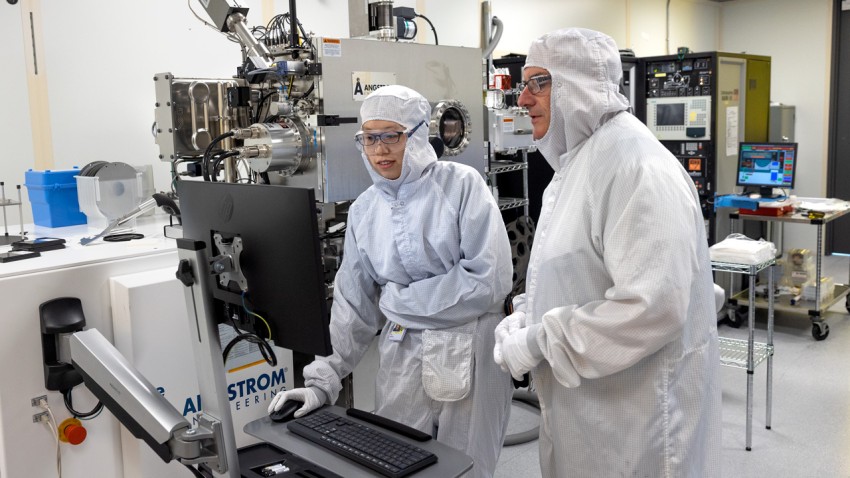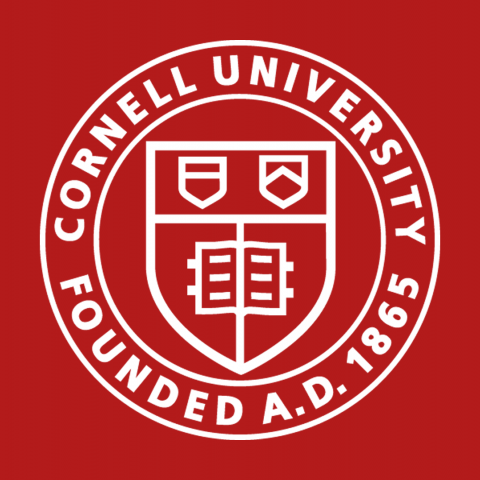News
The Cornell NanoScale Science and Technology Facility has enabled scientists and engineers from academia and industry to conduct groundbreaking research, thanks to continuous support from the National Science Foundation. But that funding is now at...
Phenomena common to Earth’s atmosphere can appear in the skies over some exoplanets of the “hot Jupiter” variety, a common type of gaseous giant that always orbits close to its host star, according to new...
A team of Cornell computer science researchers has developed a way to “watermark” light in videos, which they can use to detect if video is fake or has been manipulated, another potential tool in the fight against...
Project teams in Rev: Ithaca’s Prototyping Hardware Accelerator will present their ideas – from AI cocktail generators to plastic recycling machines – at Demo Day on July...
Using custom-built computer simulations, Cornell researchers have visualized solid-solid phase transitions in unprecedented detail, capturing the motion of every particle in a theoretical material as its crystal structure morphs into...
A Cornell Engineering team was on the cusp of significant progress developing an advanced laser useful for military and civilian applications, but a stop-work order prevented final experiments from...
Cornell has secured a 10-year, $10 million grant renewal to continue work aimed at spurring economic impact and job growth through applied research, development and commercialization of breakthrough...
Researchers found that human-caused climate change and air pollution have directly reduced precipitation in the Southwestern U.S., making drought...
Cornell researchers have developed a soft robotic device that gently grips and injects living plant leaves with sensors that help it detect and communicate with its environment. The robot can also inject genetic material into the...
Gallox Semiconductors, a startup with roots at Cornell University, has had recent success on the international stage, winning the 2025 Hello Tomorrow Global Challenge in the Advanced Computing & Electronics...
Company was launched through the Center for Life Science Ventures with technology licensed through the Center for Technology...
In a new study, a team of Cornell researchers used canine DNA to uncover more than 15 genes linked to gastric...












